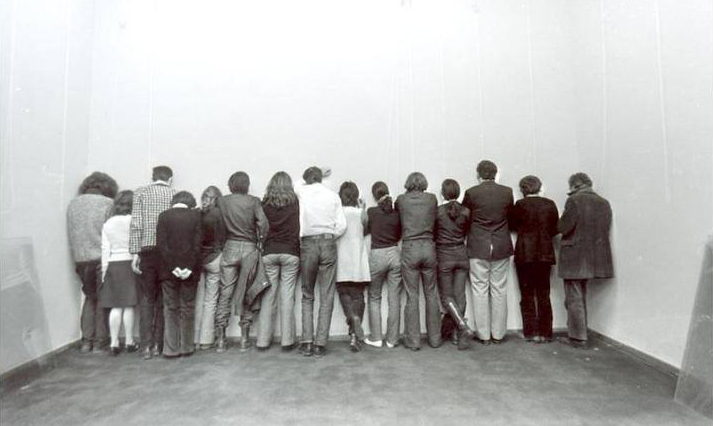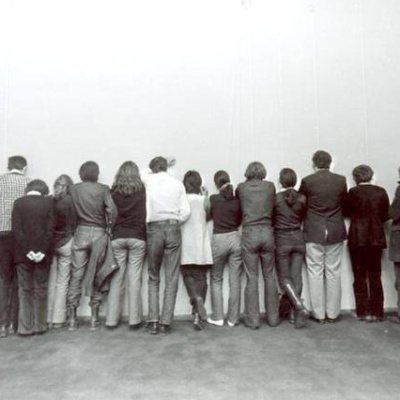Although highly contested and problematised, the term “socialist modernism” remains the operational historical term for the cultural policy of socialist Yugoslavia from the early 1950s to the late 1960s. Along with the economic reforms and a social “liberalisation”, such a policy came under critique aiming at its ritualised and passive role in the formation of the socialist society. What were the standpoints and practices and what were the consequences of this critique for the new generation of artists emerging with the student movements and new-left philosophies in the late 1960s and early 1970s?
Branislav Dimitrijević is Professor of History and Theory of Art at the School for Art and Design in Belgrade, and was formerly active as a contemporary art curator. His main research interests are in the fields of visual art, popular culture and film of socialist Yugoslavia, but he also regularly writes on contemporary cultural, artistic and political issues in Serbia. For selected texts and his CV see: https://independent.academia.edu/BranislavDimitrijevic
The lecture is organized as part of the IZK Theory Lecture Series in collaboration with the Centre for Southeast European Studies, and with the support of Grazer Kunstverein.

